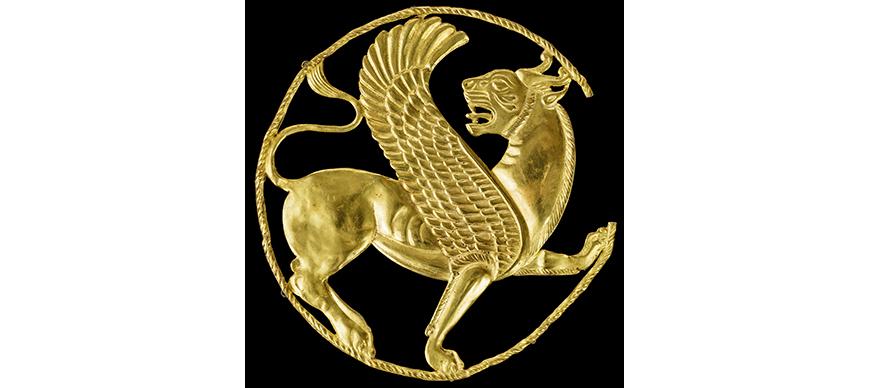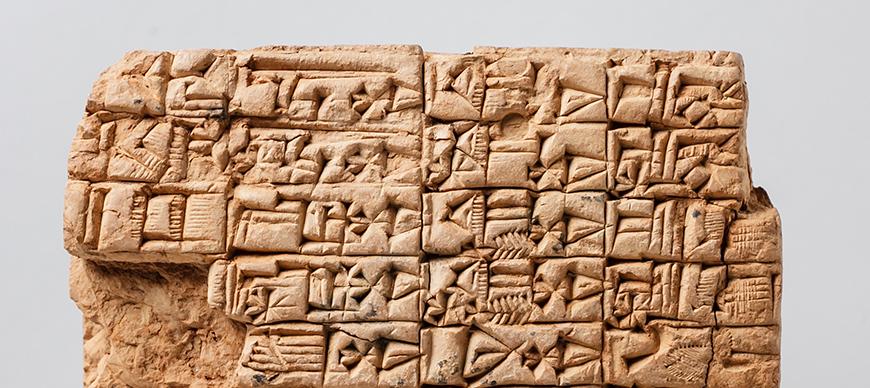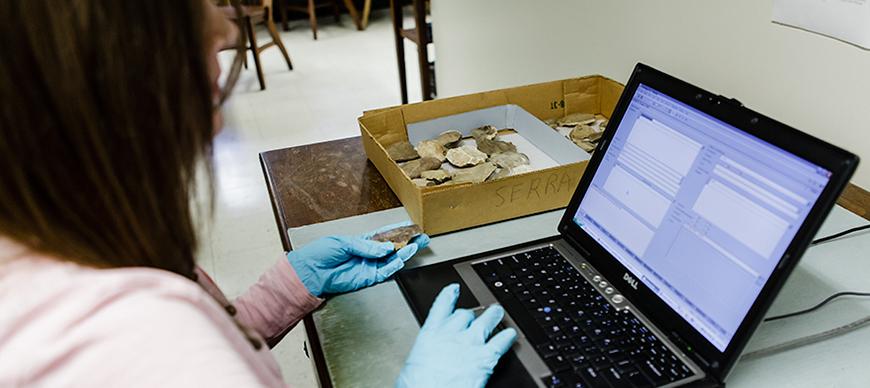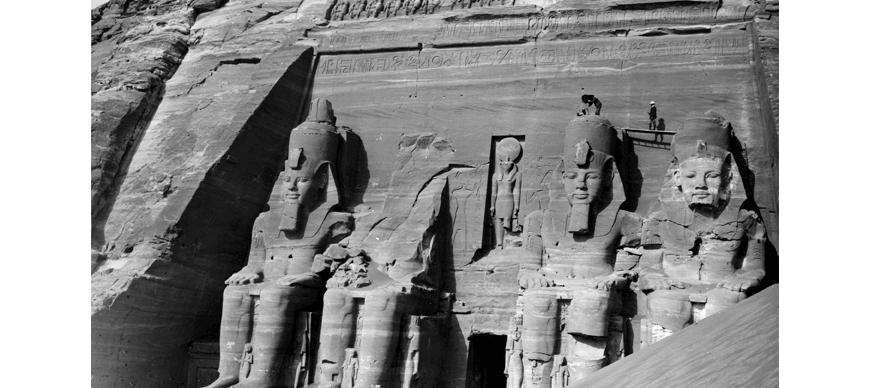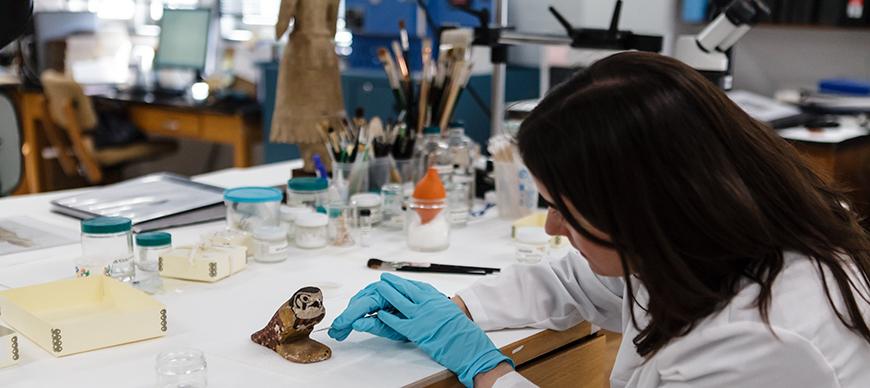The ISAC Museum—an integral part of the University of Chicago's ISAC, which has supported research and archaeological excavation in West Asia and North Africa since 1919—exhibits artifacts from Egypt, Nubia, Persia, Mesopotamia, Syria, Anatolia, and the Levant.
The collection comprises thousands of original clay tablets inscribed in cuneiform, plus a large number of casts of such tablets excavated by ISAC expeditions and now housed elsewhere.
This is an on-going project that aims to provide public access to information about the diverse research and object-based collections managed and cared for by ISAC.
The complete archive contains over 100,000 negatives documenting ISAC's activities from 1892 to the present. These images record artifacts and architecture of ancient cities, activities of ISAC archaeologists at sites across West Asia and North Africa, and scenes of life now effaced by modern times.
ISAC's Conservation Laboratory is devoted to the conservation of three-dimensional archaeological objects.
The Institute for the Study of Ancient Cultures' comprehensive collections, including artifacts, photographs, excavation records, administrative documents, and publications, serve the public in exhibits and online, as well as being an extremely rich resource for scholars. Management of the materials that comprise ISAC's collections is organized into five units: Museum Registration, Tablet Collection, Archives, Conservation, and the Research Library. Additionally, individual faculty and research projects also maintain materials such as study collections; project materials in process, such as current excavation drawings, records, and notes; and other unpublished materials which have not yet been turned over to the Institute.

